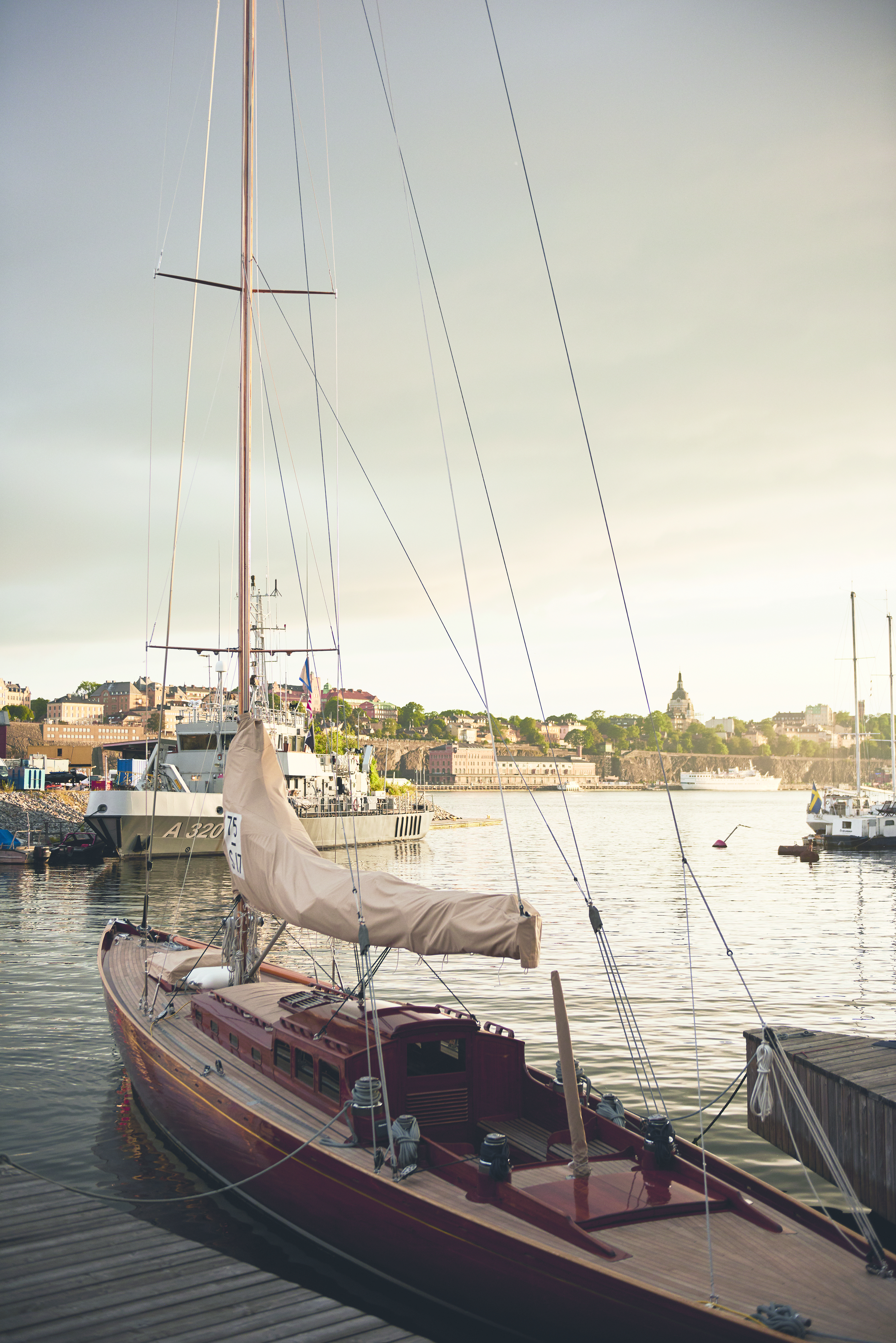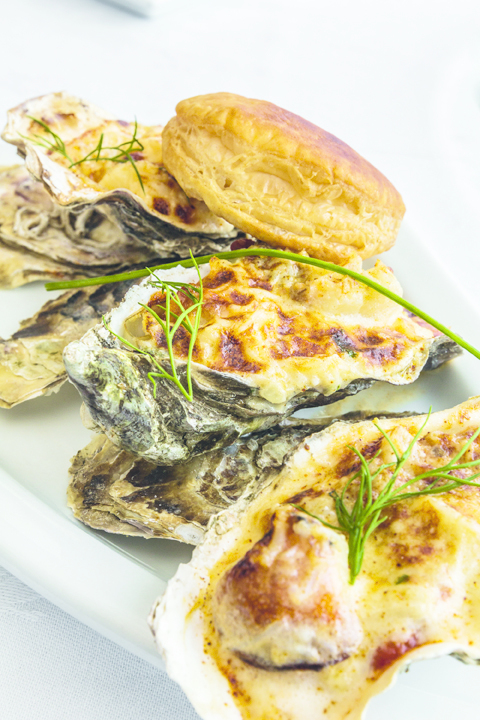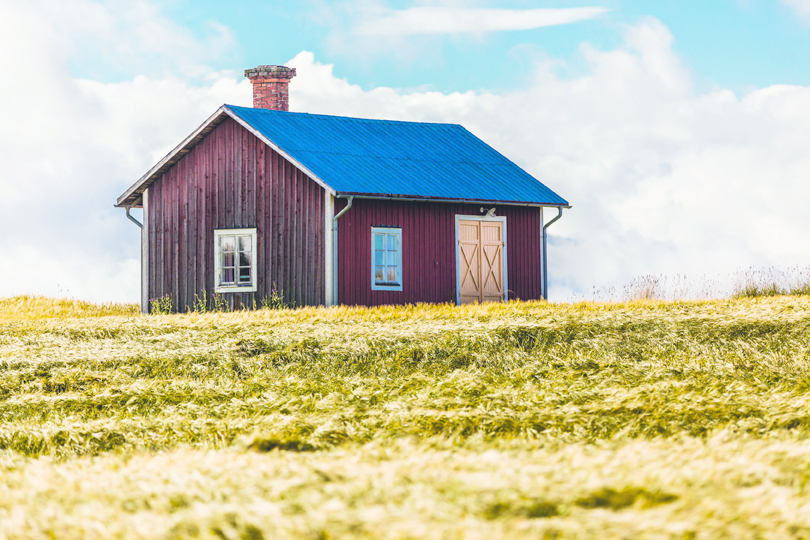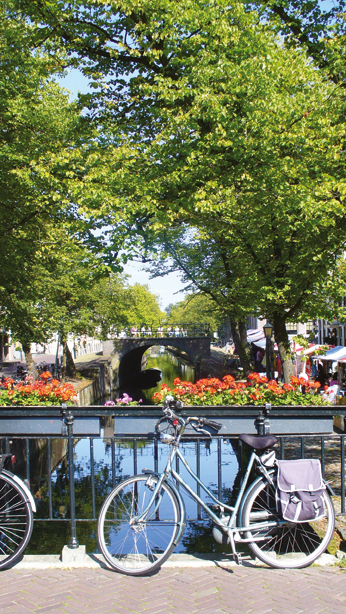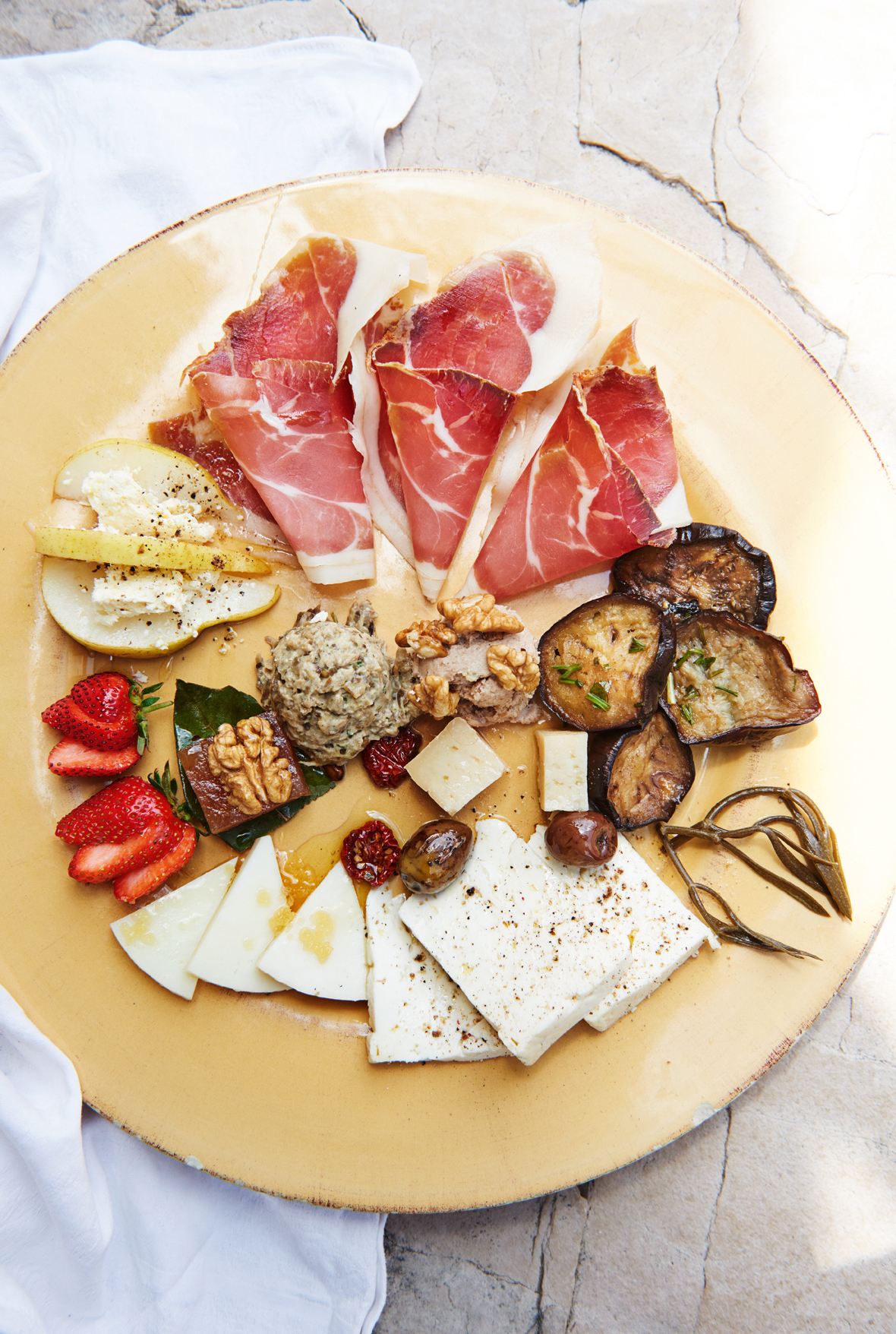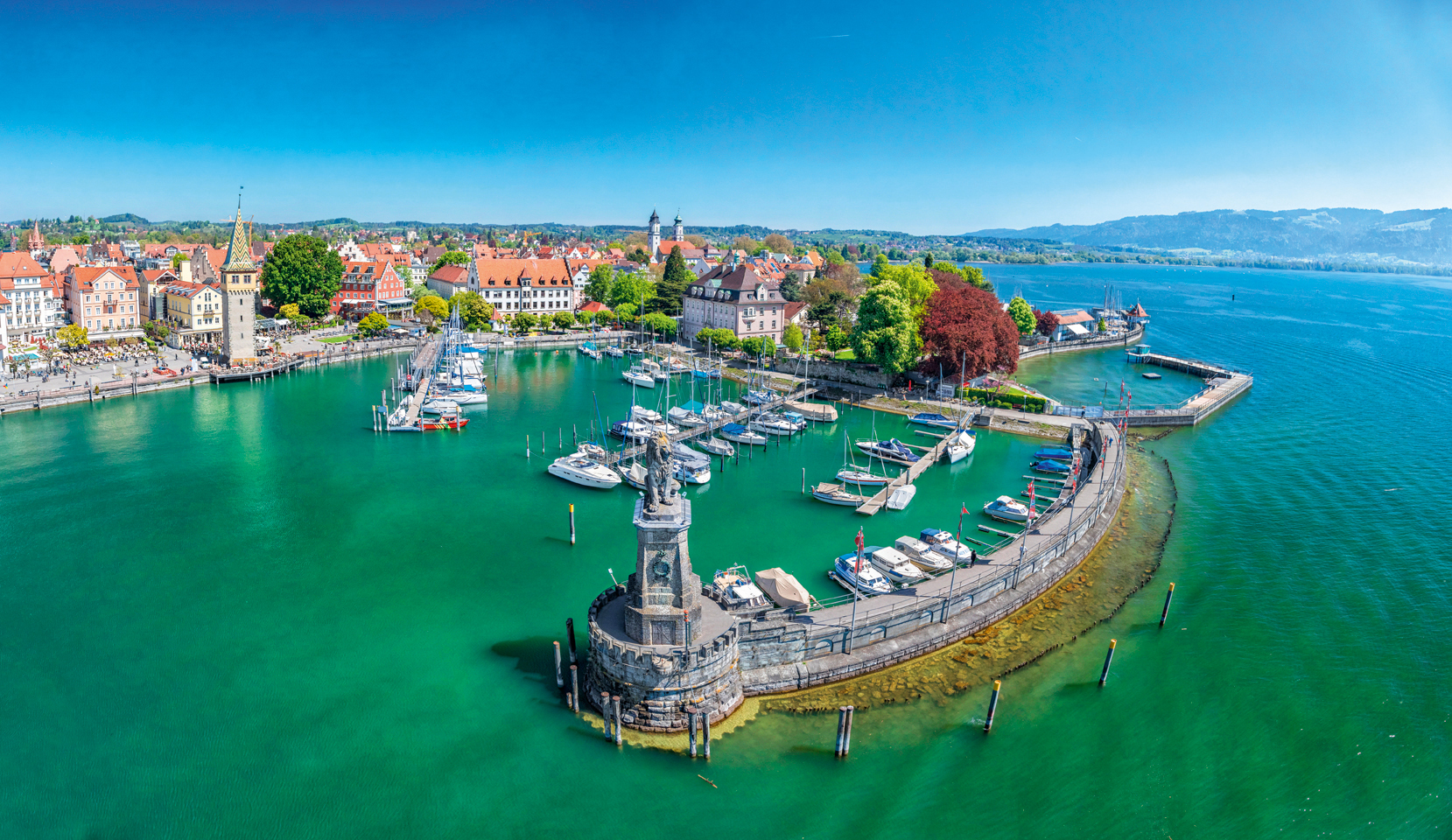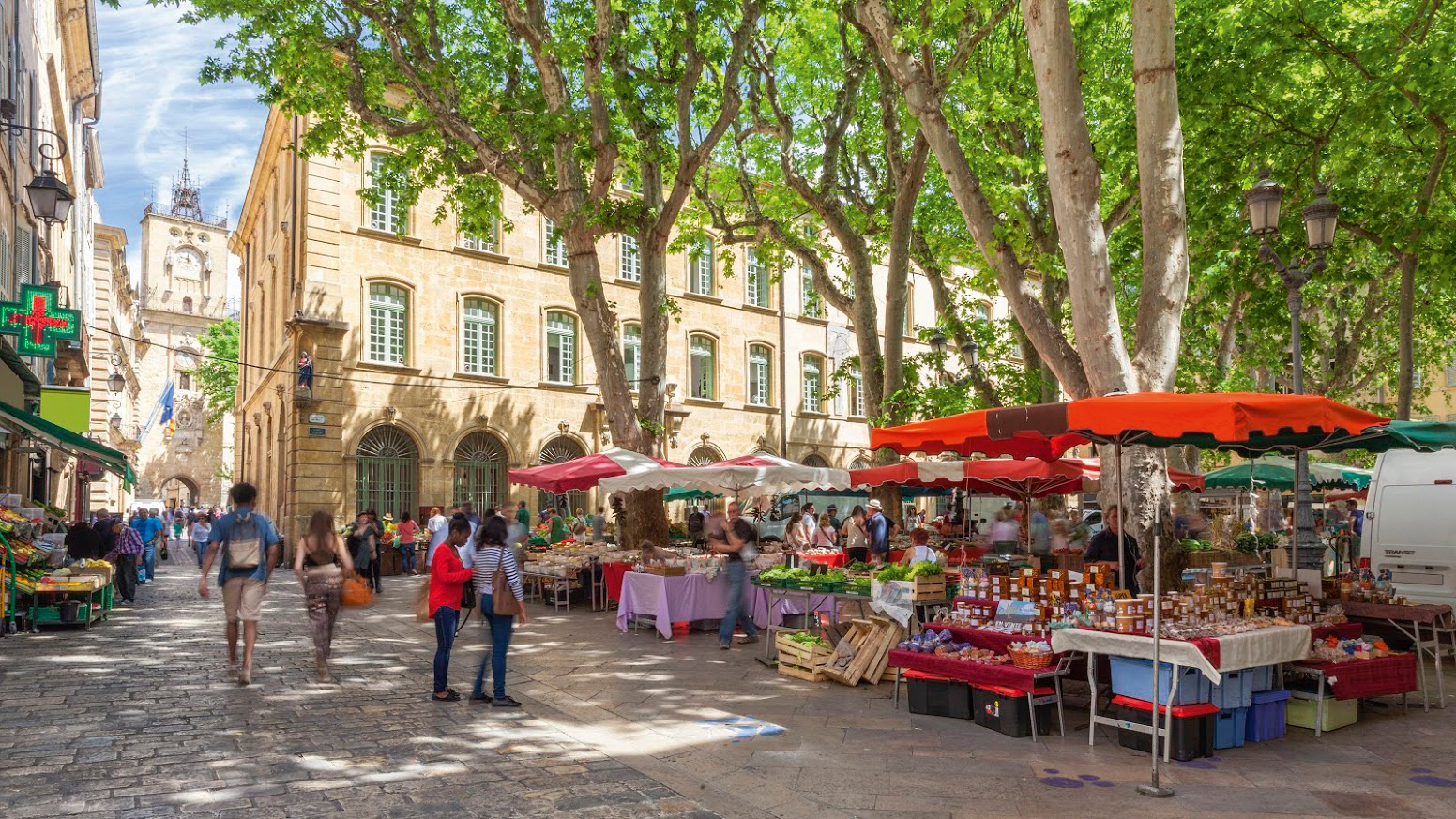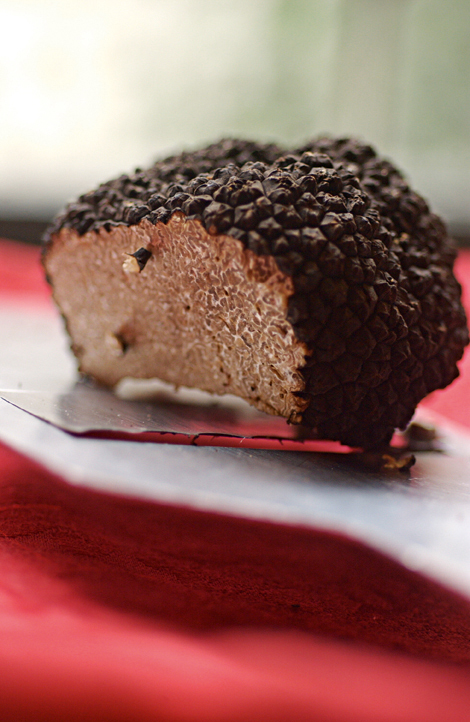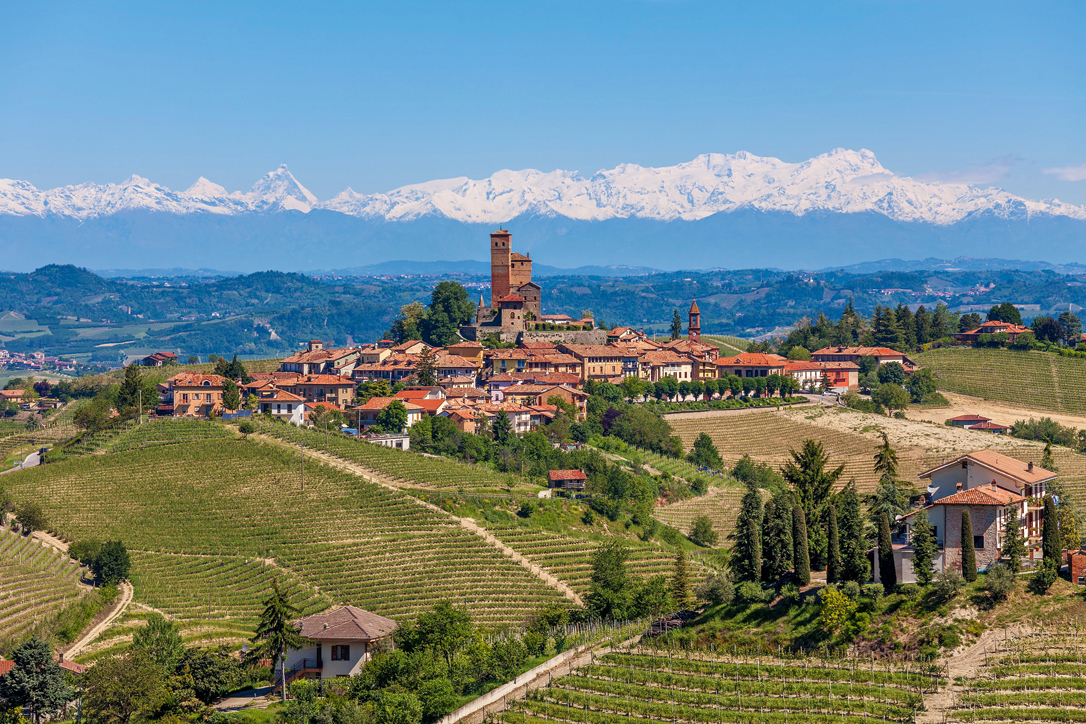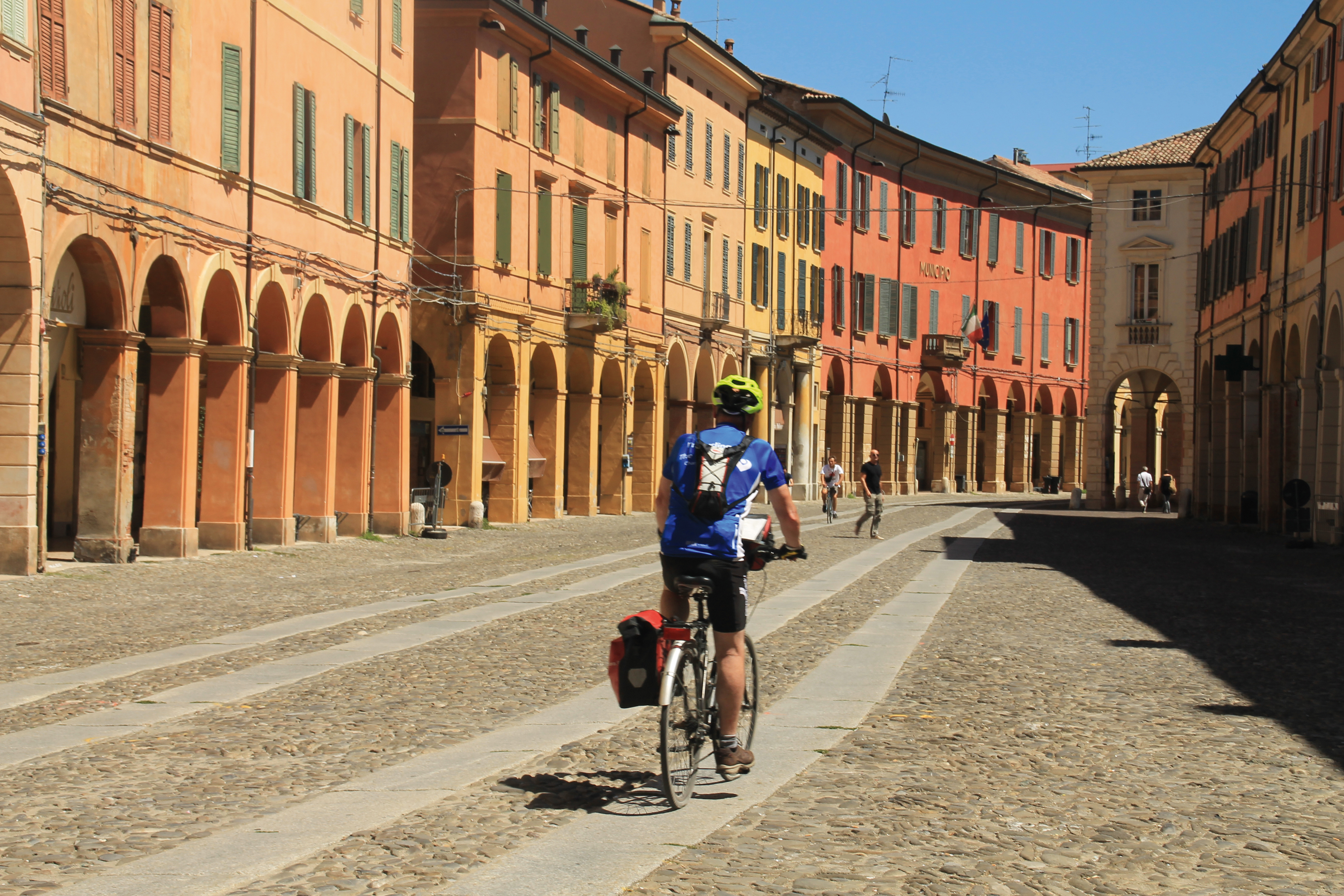Provençal cuisine and ice-cold rosé France
This exploration of the laid-back villages and lavender-scented
landscapes of Provence starts in the vibrant, art-filled town of
Saint-Rémy-de-Provence, where Van Gogh painted some of his finest
work, before heading off into the wildflower-filled lanes of Luberon.
Highlights include Gordes, a beautiful village which is home to film
stars, artists, and its magnificent 12th-century castle, plus Roussillon
with its red cliffs and ochre quarries, which colour-match well with the
local rosé, served ice cold. For the more active, the crystal-clear
River Sorgue, rising from the spring at Fontaine-de-Vaucluse, is
a great place to enjoy a spot of canoeing. The pay-off should be
enjoying a long leisurely lunch at the likes of La Prévôté, which serves
up classic Provençal cuisine such as homemade foie gras and
rillettes accompanied by a dry fruit chutney, and rabbit saddle stuffed
with mushrooms. If you’re looking for a delicious gift to take
friends back home, pick up some white nougat, a regional delicacy.
The original variety is made with sugar and honey, roasted almonds
and egg whites, while nougatine, or nougat noir, is the crunchy
version, which doesn’t contain any egg.


